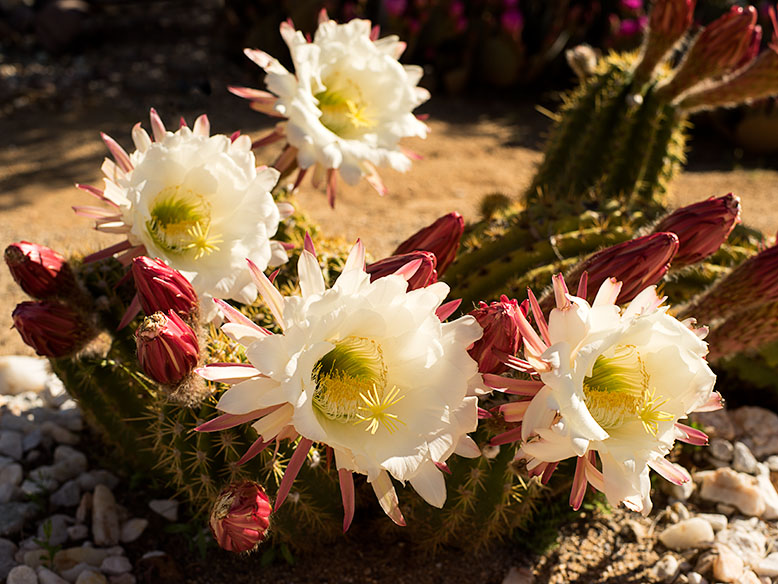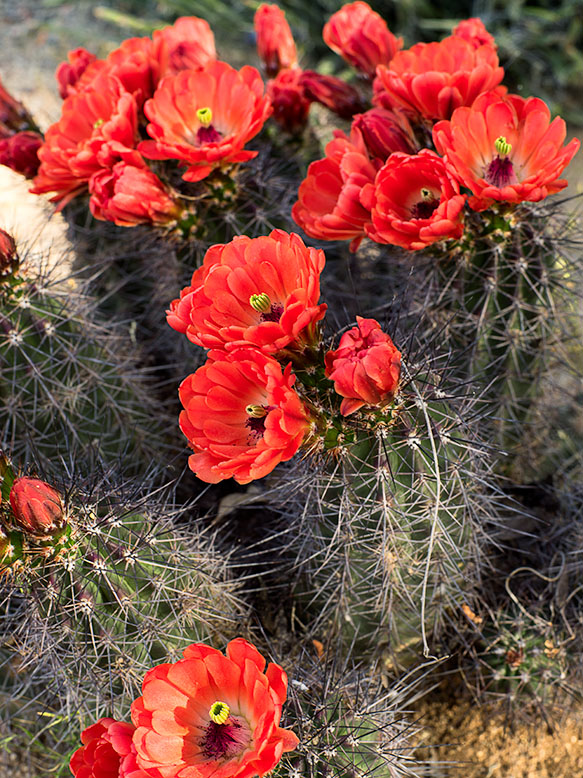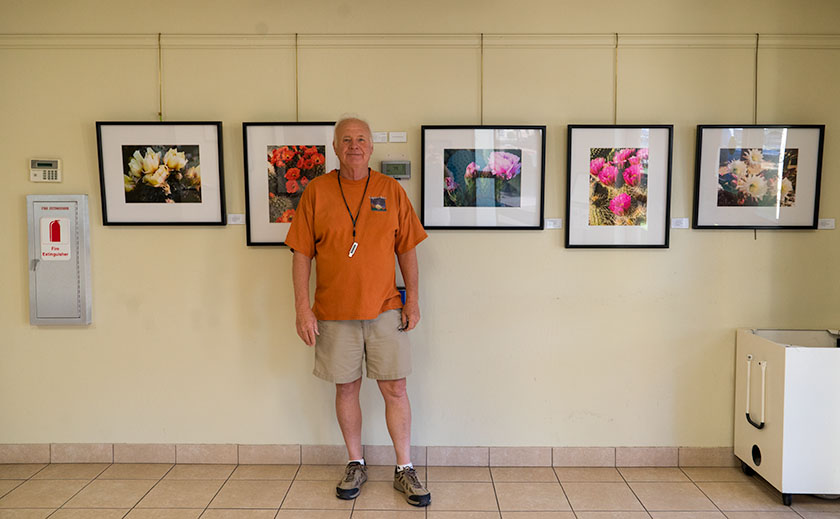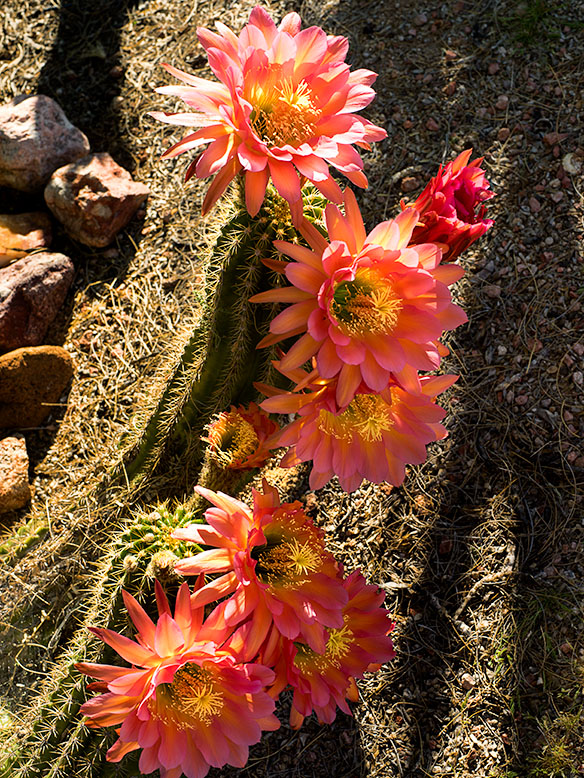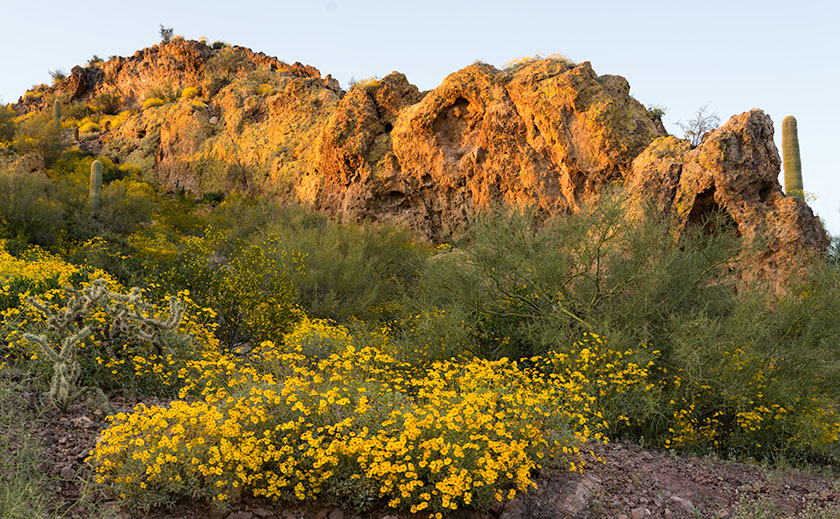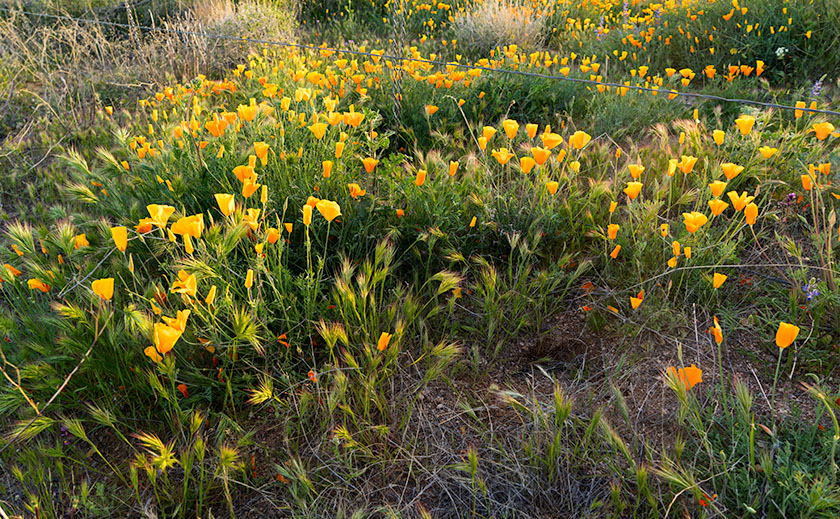After listening to the radio reports of sub-freezing nation-wide temperatures, I donned my blue light-weight jacket and straw hat as protection against the 48º (F) biting chill and left the house for my daily dawn walk around our compound. The sun was lurking behind the Weaver Range and it turned an overhead cloud into a streak of crimson. I couldn’t decide if it was the Arctic Blast or the red sky that stole my breath.
I’m of course telling you this with my tongue firmly planted in my cheek, but it’s an Arizona law commanding us to brag about our winters just like our law that says we have to tell out-of-state relatives that we’re having Thanksgiving by the pool, regardless of having one. I’m just a law-abiding citizen.
On this morning’s walk, however, I did notice a couple of things that concerned me and another that brought joy. Unlike last year’s wet winter which brought snow to the mountains flanking our east, this winter has been warm and dry. The last measurable rain in Phoenix was August 23rd. That’s not good even though our RV Park is packed with northern people. Octogenarians partying in shorts and loud shirts late into the night dancing the Limbo next to a roaring campfire (do they know we don’t do that here?). All fun I guess, but winter rains are important for us. We count on them for spring wildflowers. More importantly, the mountain snowpack’s feed the streams and rivers where we keep the water Phoenix needs.
The first example I have is this brittlebush. It has flowers which is something that happens in early spring—not at the beginning of winter. In spring the daisy-like yellow flowers cover the brittlebush and they carpet the desert floor, then the heat sets in and the plants shrivel into dry sticks—hence the name.
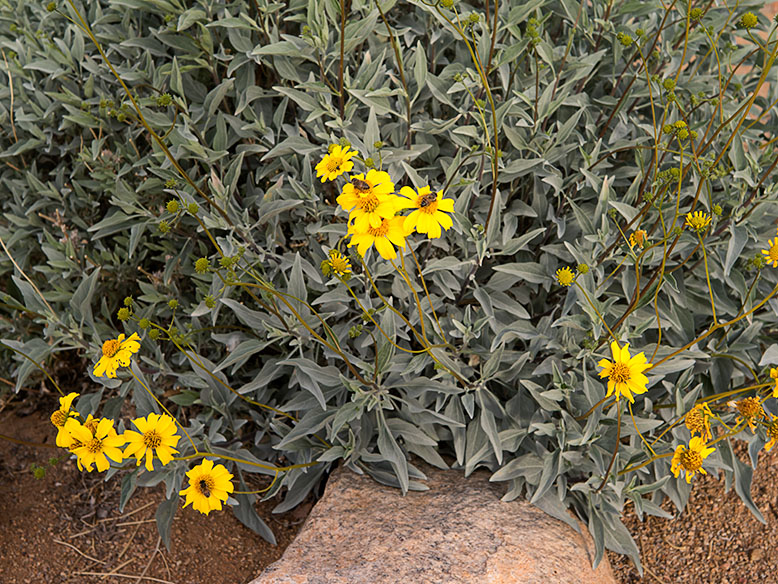
At the south-east corner of the park, down by the water treatment plant is a large ash tree where our resident Cooper’s hawk nests in the spring. Ash trees in Arizona are always late to turn color, but this one is still green. I don’t know if something in the leach field keeps it green, or the unusually warm weather is affecting the leaves from turning. In either case, it’s not the norm.
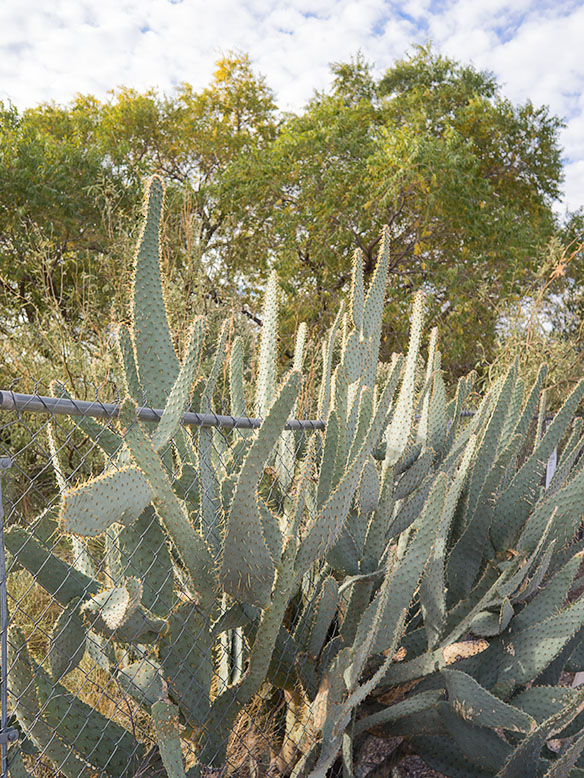
When I got to our cactus park, I was glad to see that the warmth has not prevented the columnar cacti—the ones that look like pipes—from sprouting their winter bloom. This only happens during the coldest part of the year and the cup-like flower stay until the nights warm again. Since we haven’t had a freeze this year, I worried that we wouldn’t be able to enjoy the flowers. Strangely, neighbors living near the park report hearing melodic noises during last night’s (super) full moon. They all said that they heard the soft chanting of “Whip-it, whip-it good” drifting across the night air.
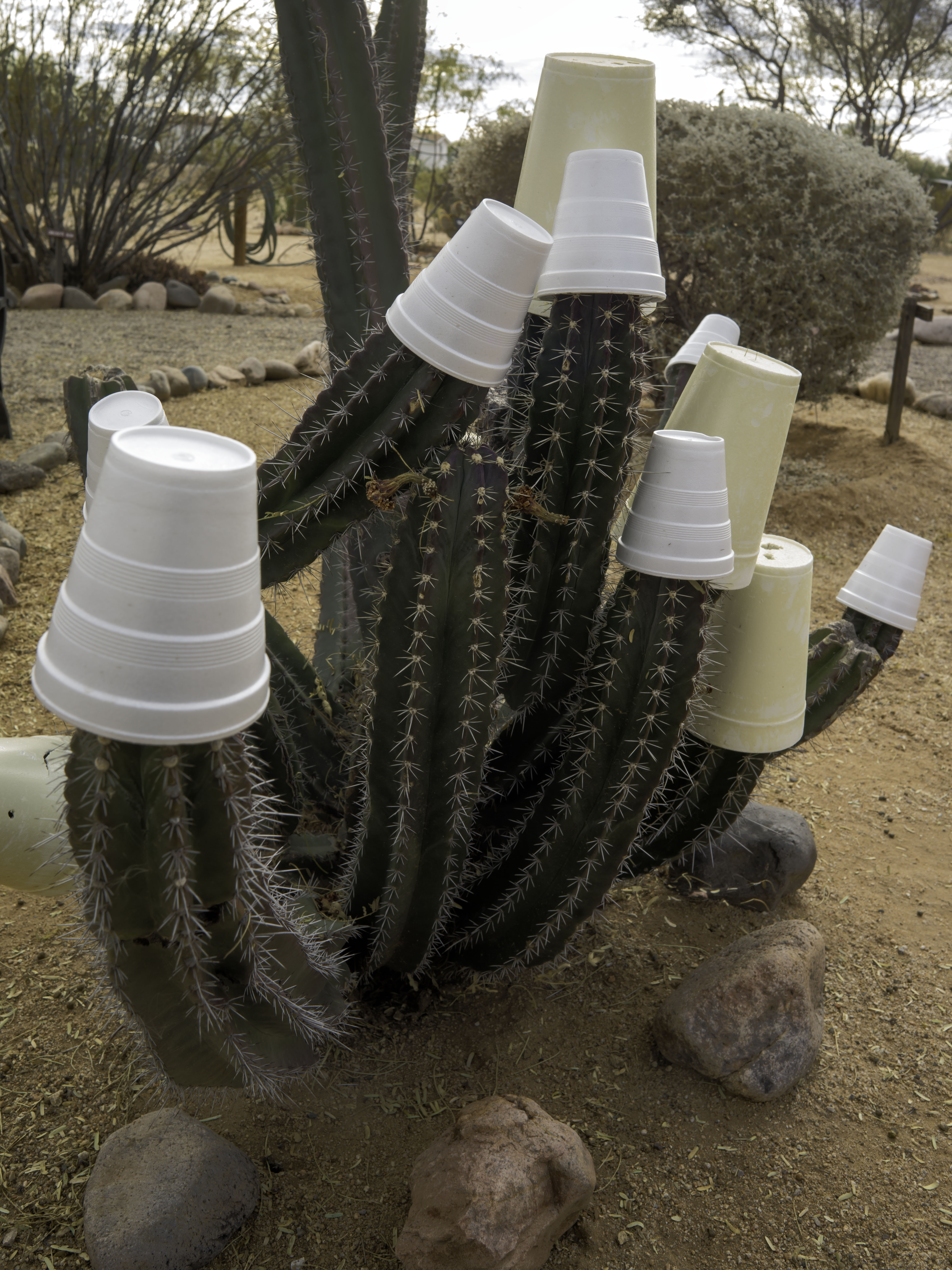
Until next time — jw

